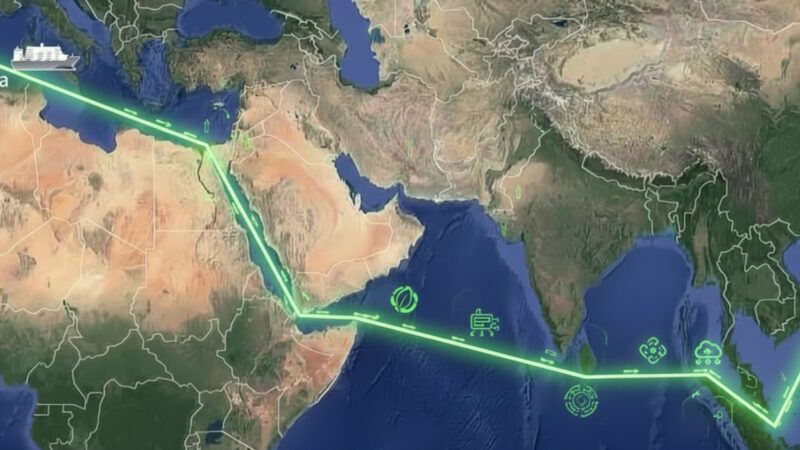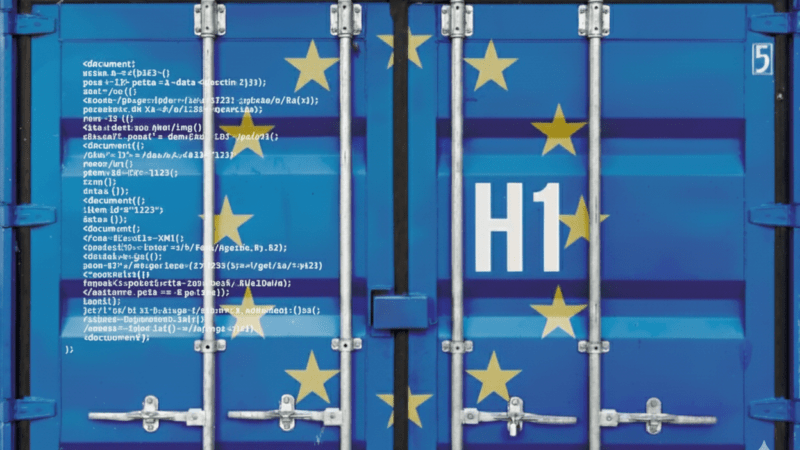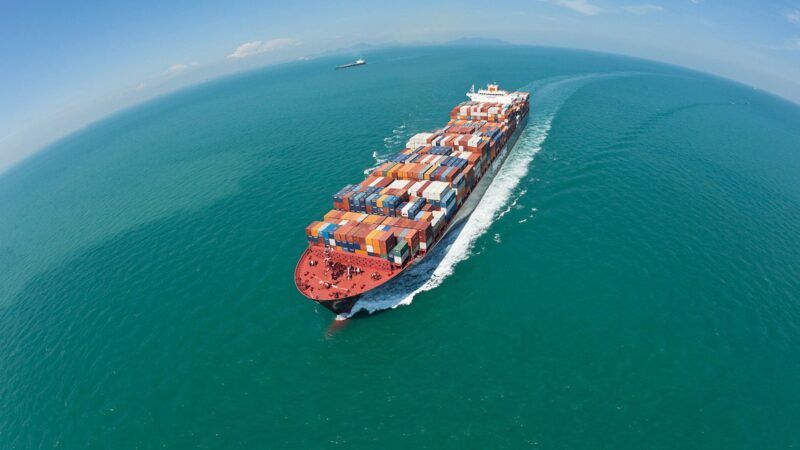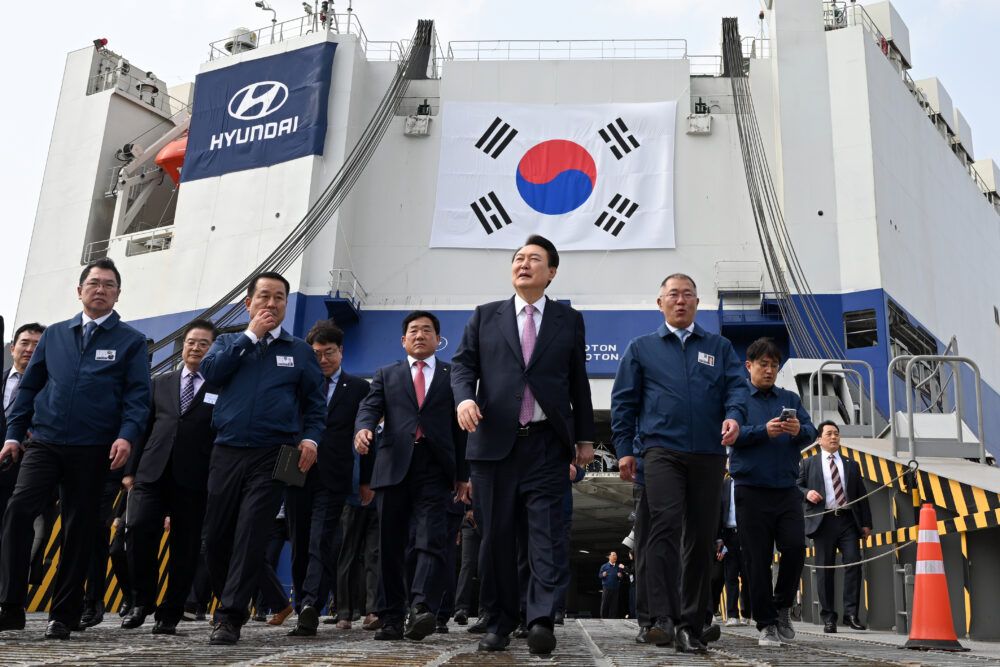 Korea is one of the world's leading exporters, with shipbuilding, automotive and entertainment as its pillars (Kim Yong Wii).
Korea is one of the world's leading exporters, with shipbuilding, automotive and entertainment as its pillars (Kim Yong Wii).
Korea, the new maritime, economic and cultural hub
The extraordinary transformation of the Korean economy also extends to the maritime sector. Hyundai Merchant Marine Co. Ltd. is consolidated in eighth place in the world's top 10, with a 3.1% share of the global container market. The port of Busan is sixth in the world for container traffic. We analyse the Korean 'miracle'. The new periphery challenges Western empires by land, sea, air and the screen.

Jordi Torrent is the Strategy Manager at Port de Barcelona.
 Korea is one of the world's leading exporters, with shipbuilding, automotive and entertainment as its pillars (Kim Yong Wii).
Korea is one of the world's leading exporters, with shipbuilding, automotive and entertainment as its pillars (Kim Yong Wii).
Korea (South Korea) is a country of some 51 million inhabitants, slightly more than Spain, with a GDP per capita slightly higher than the Spanish one.
The evolution of its economy over the last fifty years has been spectacular. It has gone from being an eminently agricultural country and one of the poorest on the planet after the Korean War, which ended in 1953, to one of the most important industrial and cultural powers in the world. This unprecedented qualitative leap forward accelerated with the dawn of the new millennium.
Asia and Korea, at the centre of the world
The Korean "miracle" has occurred in parallel with that of many other Asian countries (China, including Taiwan, Japan previously, Singapore and more recently Malaysia, Indonesia, Vietnam and India to a lesser extent). Nowhere, however, has this transformation produced an industry capable of competing internationally with the most advanced major Western brands in the automotive, electronics and entertainment sectors as in Korea (with the earlier exception of Japan).
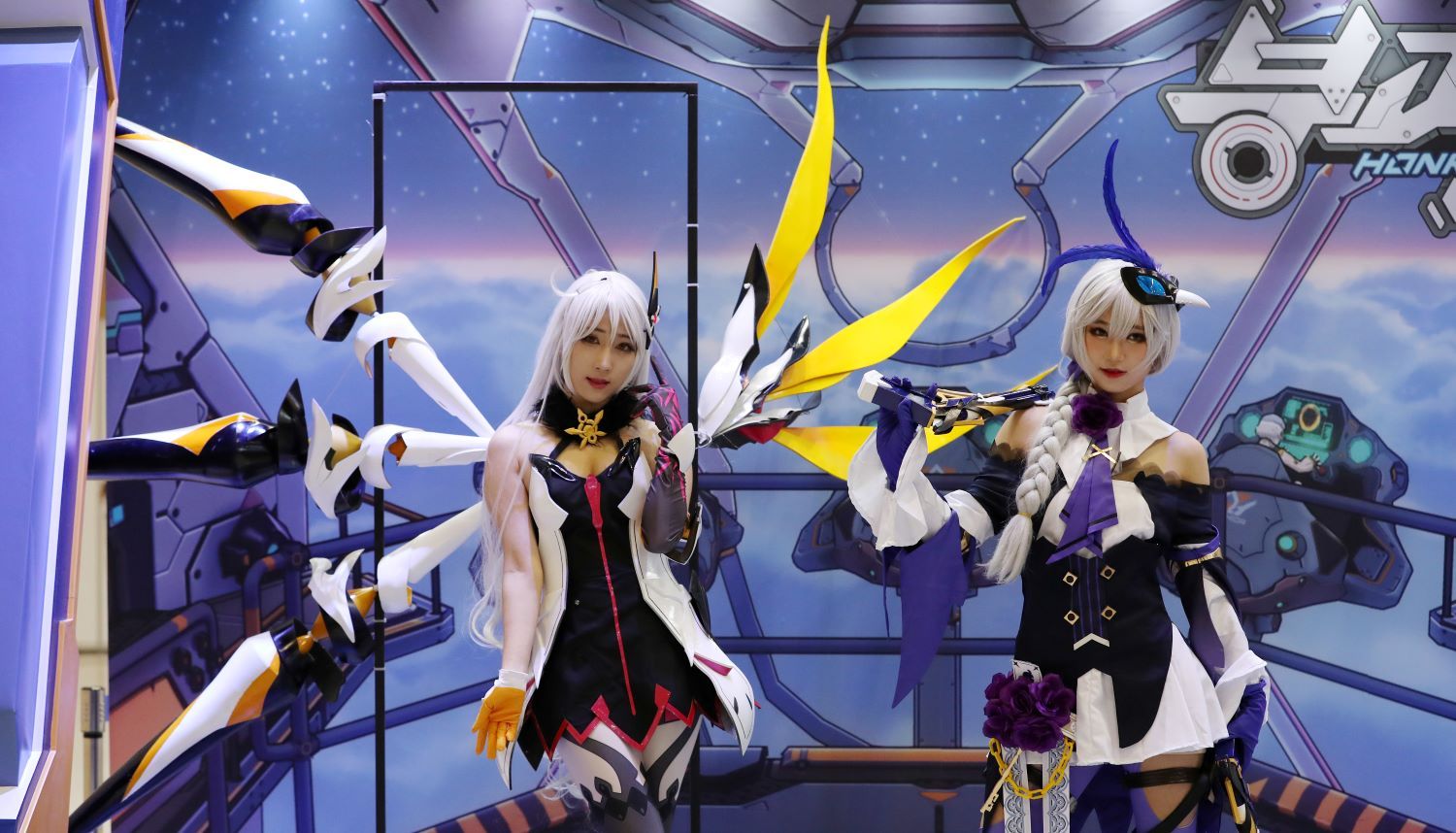
The Korean miracle cannot be separated from the bloody Korean War between 1950 and 1953, one of the deadliest in history in the number of casualties in relation to the total population affected. The most reliable estimates put the death toll at around 3 million people, most of them civilians.
As for North Korea, an estimated 12% of its population died during three bloody war years in which South and North Koreans, the US and China (and the USSR to a lesser extent) clashed on the Korean battlefield. The conflict ended without a peace agreement, so the two Koreas are still technically at war.
Subsequent US and Japanese aid to Korea was one of the embryos of the Korean transformation. There were, however, many others and more decisive.
For example:
- A focus on exports as a driver of the economy
- High investment in the establishment of a demanding education system.
- Consensus between rulers and ruled on the paramount importance of education for collective and individual progress.
- Strong public support for heavy industry and the creation of large industrial conglomerates
- A strongly centralised, planned and visionary economic policy
- Cheap public financing
- Society's ability to adapt to globalisation
- An extraordinary work culture that generates extraordinary productivity
- High levels of savings and public investment
The Korean miracle was initially driven by the "chaebols", the large industrial conglomerates, originally family-run, to which the Korean governments entrusted the take-off of the economy through exports.
All these factors and many others laid the foundations for the country's economic growth, which began at the end of the war, accelerated between the 1970s and 1980s onwards and reached cruising speed at the turn of the millennium.
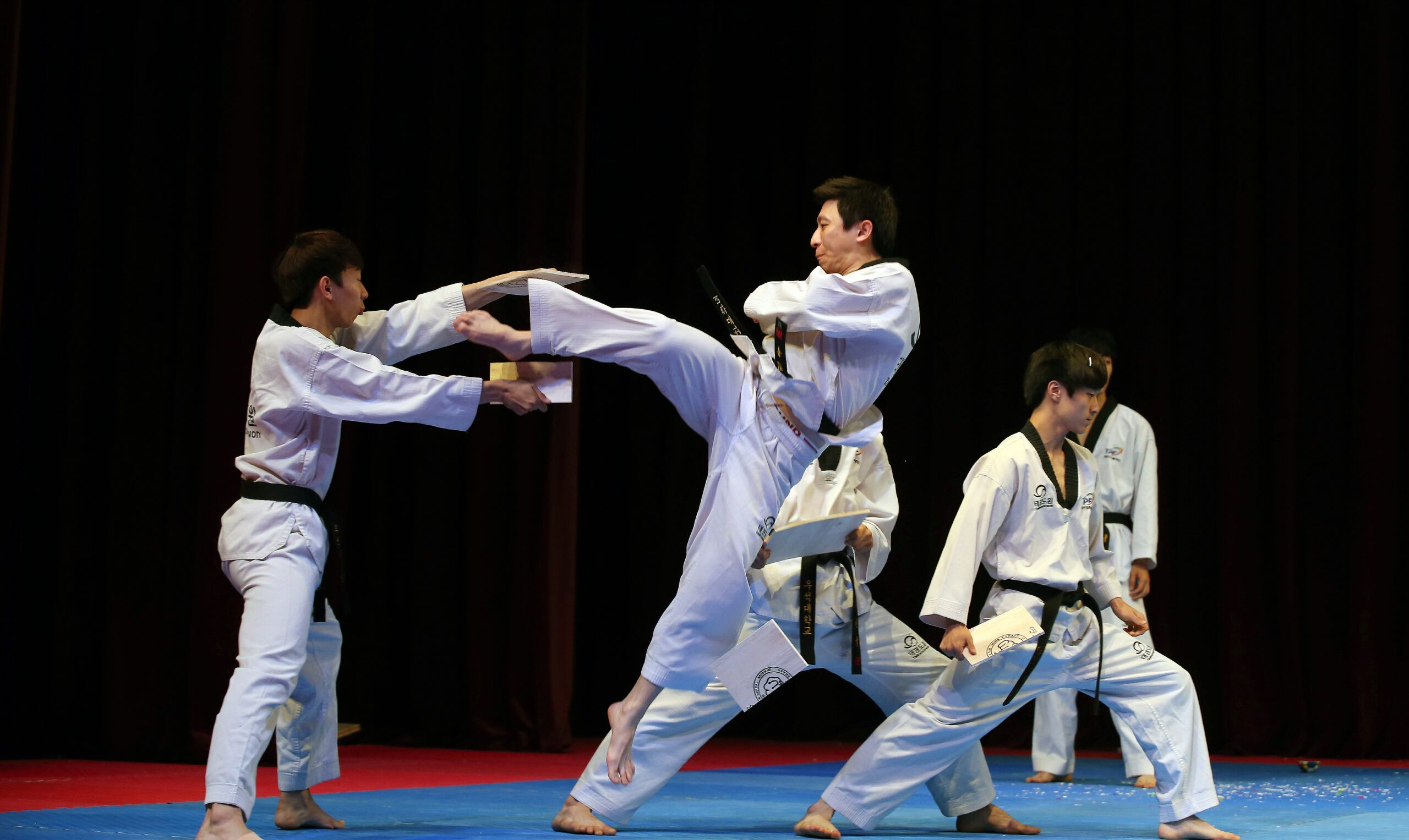
It is in the shipbuilding sector that Korea's progress has been most spectacular, as 32% of the world's merchant fleet is now built in the country
From heavy industry and entertainment to exports
The take-off of the Korean economy was initially based on heavy industry: steel and shipbuilding were two of the main sectors of this period, to which the chemical industry was soon added. This period ends symbolically with the 1988 Olympic Games in Seoul. Korea became"officially" part of the developed world.
Korea became a global industrial power. In the shipbuilding sector, a strategic industry for any country, the progression was most spectacular. According to the Review of Maritime Transport, 32% of the world's merchant fleet is now built in Korea. Among its shipyards we find shipbuilding companies in the world's top 10: Hyundai Heavy Industries, Daewoo Shipbuilding & Marine Engineering, STX Offshore & Shipbuilding and Samsung Heavy Industries.
The Asian financial crisis of the 1990s shook the robust growth of the Korean economy, but it turned out quite well thanks, again, to strong public investment, education, work culture and further liberalisation and diversification of the economy. Even so, one of the big victims of the financial crisis was a Korean company, the Hanjin shipping company, which went bankrupt.
However, to compensate for this loss, in 2021, the South Korean shipping industry created the K-Alliance, formed by HMM, SM Line, Pan Ocean and the recently merged Sinokor Merchant Marine and Heung-A Line, an alliance that should improve its competitiveness in the Asian market. In fact, although it is far from the numbers of the big four global shipping lines (MSC, Maersk, CMA-CGM and Cosco), Hyundai Merchant Marine Co. Ltd. is consolidated in eighth place in the world top 10, with 3.1% of the global container market.

With the turn of the millennium, automotive and electronics are becoming new drivers of the Korean economy and exports along with heavy industry. Samsung, Hyundai and Kia are the leading exponents of this new phase, along with a multitude of other smaller companies which, subsequently, compete effectively in global markets in a wide range of sectors: cosmetics, food, textiles, etc.
Korea had become one of the world's leading exporters. At the Port of Barcelona, for example, imports from the Asian country were growing steadily. The figures for the years 2022 and 2023 are illustrative of this almost unprecedented development. In terms of unloading traffic (i.e. exports from Korea to Spain), it ranks sixth on the list of international origins of container traffic at the Port of Barcelona.
It would be at the top of the list if this was based on the number of containers exported per inhabitant, as it is ahead of only five countries with much larger populations, such as China, the United States, Turkey, India and Vietnam. In the first four months of 2023, imports from Korea through the Port of Barcelona reached 7,270 full TEUs, an increase of 32.4% over 2022.
As a result of this activity, with 22.7 million TEUs in 2021, Busan is consolidating its position as the world's sixth port in terms of container traffic, only surpassed by Chinese ports and Singapore. The fact that South Korea's only land border is precisely with North Korea has allowed a rapid development of port activity to channel exports and imports.
The new millennium has also seen the consolidation and growth of what is probably the most influential Korean industry on the planet: entertainment. As happened in other sectors, the confluence of factors such as culture and labour productivity, society's ability to constantly adapt to globalisation, effective state planning, public-private collaboration, cheap financing, etc. are some of the elements that help to understand why, as the new millennium progresses, Korean cultural productions are triumphing beyond its borders.
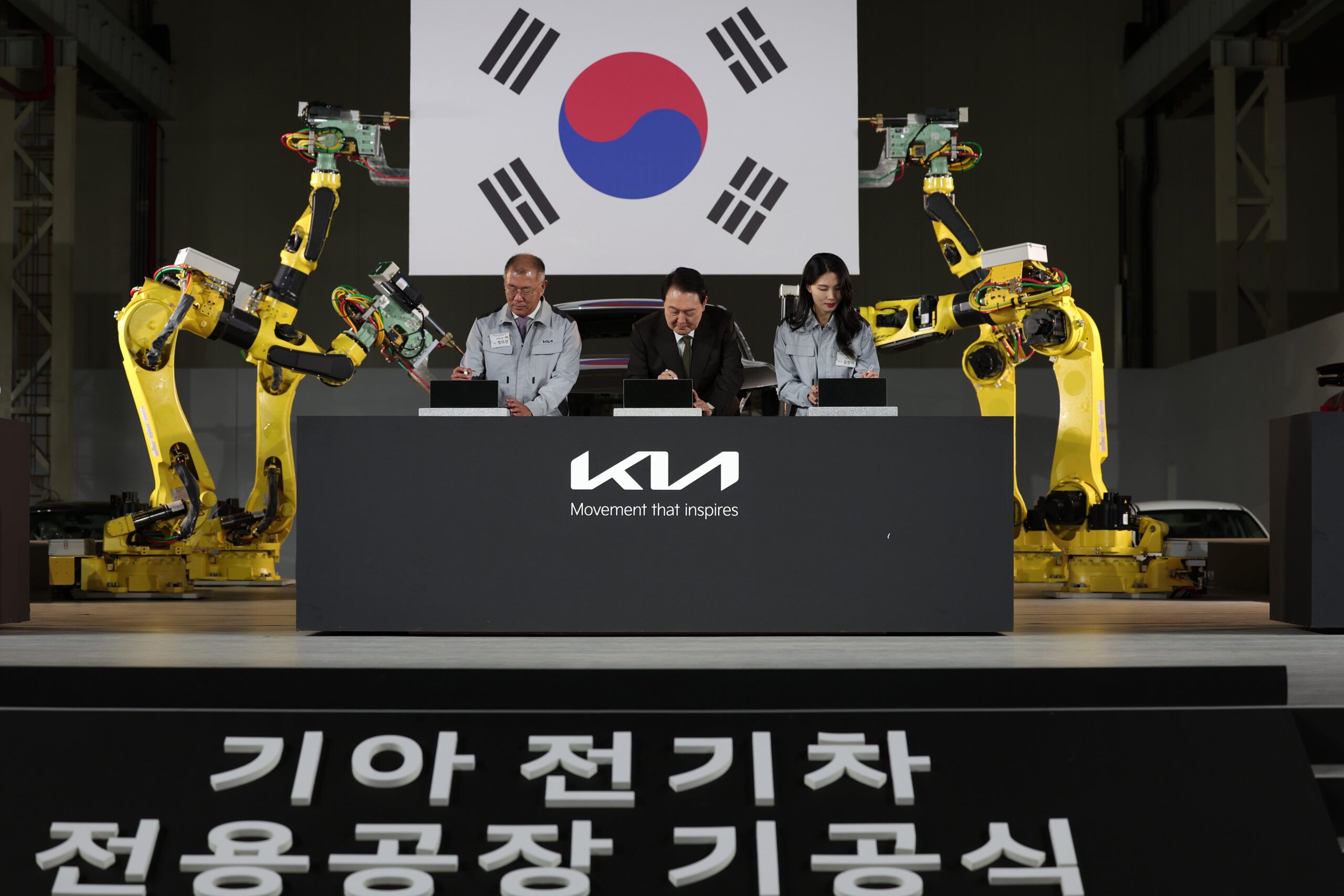
First in East Asia and then around the world. The process finally culminated in the unprecedented successes achieved by Korean productions in the West: the film Parasites became the first non-English language film to win the Oscar for Best Picture; The Squid Game became the most watched series in history; and BTS became the first non-English or Spanish language music group to simultaneously top several charts in the US and major European countries.
Korea had thus completed an unprecedented transformation from agricultural poor country to global cultural icon.
Threats on the horizon
However, this unprecedented success is currently under threat.
Mainly due to four factors:
- The very sharp drop in the birth rate.
- The increase in the price of housing
- and education costs.
- The looming presence in the north of a nuclear-armed neighbour.
Indeed, Korea has by far the lowest birth rate in the world. The latest data placed it at 0.7 births per woman, a far cry from the second-ranked birth rate of over 1.
Housing prices, especially in the Seoul metropolitan area, a unique case in the world of population concentration in the capital of a large country, have reached stratospheric levels like other Asian mega-cities.
Education costs have also skyrocketed. The exorbitant competition to provide children with the best possible education means that families have had to devote a large part of their income to supplementary education: academies, tutoring, private tutors, etc.
Finally, the existence of a nuclear power such as North Korea, characterised by an opaque, mysterious and unpredictable government, is a very dangerous Damocles sword.
We hope, however, that as they have done on other occasions in the past, Korea, its leaders and its people will succeed in overcoming these complex challenges.


